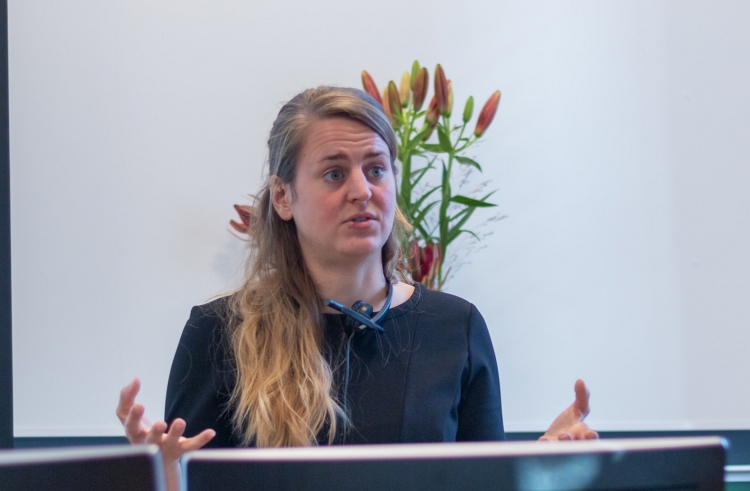
Thesis summary
Loss of a tooth can have a dramatic impact on a person’s life, causing both esthetic and functional problems. In the absence of normal tooth function, the surrounding bone also gradually begins to resorb as a response to the reduced mechanical loading. Nowadays, missing teeth and their function can be replaced by dental implants, but limited amount of supporting bone tissue can make it impossible to place an implant in the jaw. Bone scaffolds are porous structures that can be used to support self-regeneration of the missing bone tissue. These scaffolds should ensure enough mechanical support to withstand normal physiological loading of the bone and an open and highly interconnected pore structure for bone ingrowth and vascularisation. Furthermore, these physical scaffold properties should remain stable throughout the entire bone regeneration process and withstand the variation in local pH values during the bone healing process. However, large changes in pH during this process can cause corrosion within ceramic bone scaffolds, resulting in a drastic loss of scaffold strength and the ability of the scaffold to provide mechanical support to the bone while it is healing. Corrosion resistance is therefore an important scaffold property to ensure a stable mechanical environment that promotes formation of new bone tissue.
In Anne's PhD project, replica method was used to produce highly porous ceramic TiO2 scaffold with large interconnected pores that allow bone ingrowth and vascularisation. Cationic doping of TiO2 slurries was used as a simple method to control the processing parameters that govern the physical properties of the produced bone scaffolds. Cationic doping with divalent chloride salts led to an increase in compressive strength. However, the formation of a dopant-rich grain boundary phase resulted in increased corrosion and reduced compressive strength after exposure to an acidic environment, which can be present during the inflammatory phase of bone regeneration. However, optimisation of the sintering conditions led to a more favourable arrangement of the formed SrTiO3 crystals within the TiO2 grain boundaries that maintained the compressive strength of the scaffolds even after long-term exposure to a corrosive environment. Thus, the combination of cationic doping and sintering optimisation resulted in corrosion resistant TiO2 bone scaffolds with improved compressive strength without compromising the desired highly interconnected pore structure of the scaffolds.
Les mer om Annes forskningsprosjekt på norsk.
Evaluation committee
- Professor Julian Jones, Imperial College London, UK
- Dr Anja Røyne, University of Oslo
- Professor Bente Brokstad Herlofson, University of Oslo
Supervisors
- Associate Professor Hanna Tiainen
- Professor Håvard J. Haugen









